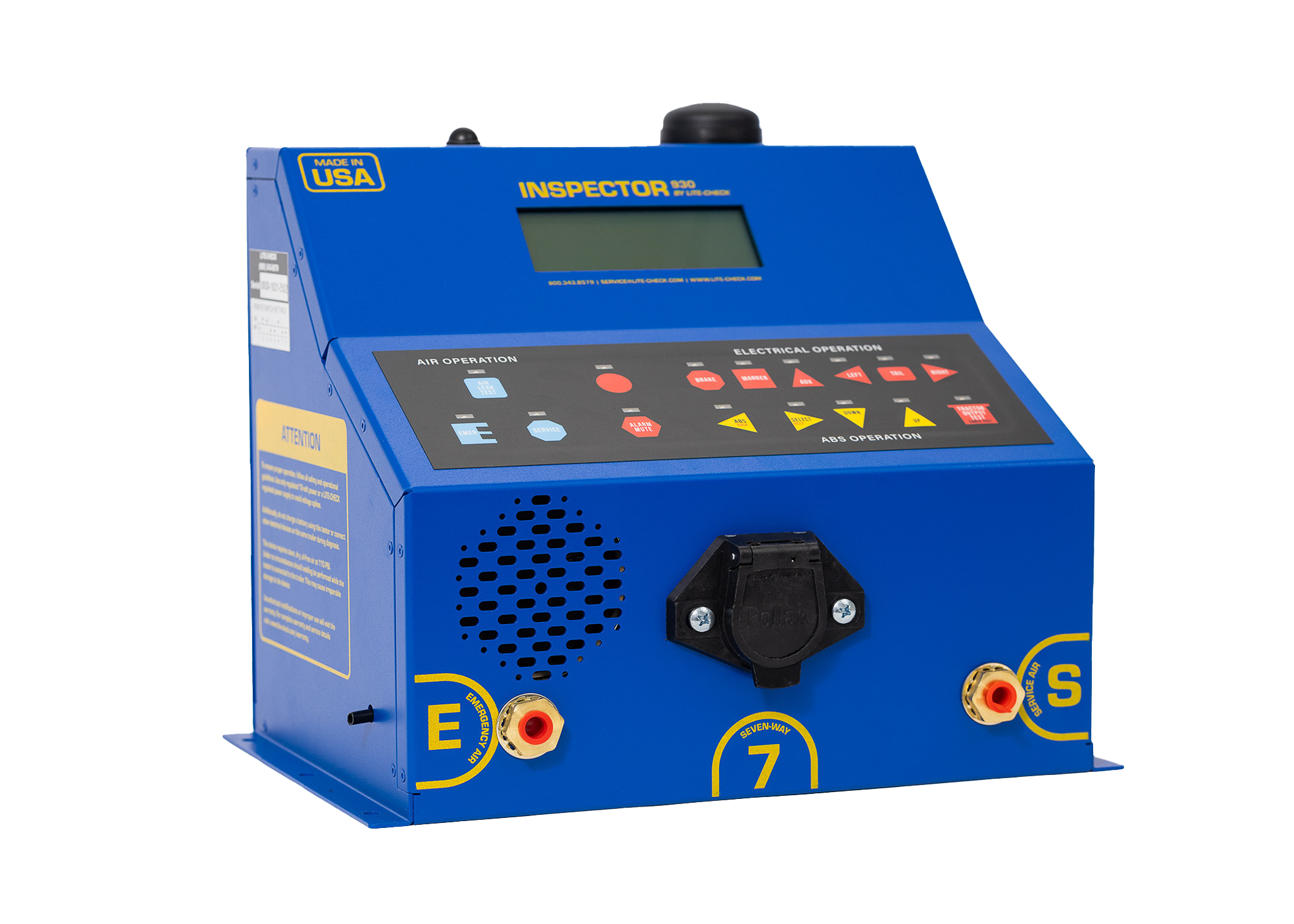How Often Should Trailer Wiring Be Inspected?
Trailer wiring is one of the most overlooked systems in preventive maintenance — and one of the most common sources of recurring issues. From flickering lights and intermittent signals to full circuit failures, poor wiring can quickly become a fleet-wide liability.
So, how often should trailer wiring inspection really be part of your PM routine? The short answer: more often than you think. The long answer? Let’s break it down.
The Role Wiring Plays in Trailer Safety
Your trailer’s electrical system controls critical safety components, including:
Brake lights
Turn signals
Running and clearance lights
ABS power and communication
Auxiliary power systems
When trailer wiring fails, these systems can malfunction without immediate notice. In the best-case scenario, it results in a CSA violation. In the worst case, it compromises safety on the road.
What Causes Wiring to Fail?
Unlike mechanical parts, wiring doesn’t wear down — it breaks down due to external factors like:
Vibration and movement over time
Corrosion from water intrusion
Pinched or stretched wires from improper routing
Poor grounding
Damaged connectors or plugs
UV exposure and road debris
These failures often develop slowly, making them easy to miss in a casual walkaround.
Recommended Frequency for Trailer Wiring Inspection
There’s no one-size-fits-all answer, but industry best practices recommend:
Every 90 days for active fleet trailers
At every PM interval (quarterly or bi-monthly, depending on fleet usage)
Before and after long-haul trips
Immediately after any lighting-related failure or citation
After extended periods of trailer inactivity or storage
For fleets operating in harsh weather, off-road conditions, or high-mileage routes, monthly inspections are advisable. Wiring doesn’t fail all at once — catching small issues early prevents large-scale downtime later.
What a Proper Trailer Wiring Inspection Includes
Effective trailer wiring inspection goes beyond visually checking connectors and lights. A complete inspection should include:
Testing each circuit for voltage drop
Checking for continuity and shorts
Inspecting plugs, harnesses, and junction boxes
Verifying ABS wiring functionality
Using automated diagnostic tools to simulate truck signals
Technicians should look for evidence of corrosion, exposed copper, insulation breakdown, or heat damage — and test under load when possible to replicate real-world use.
Automating Inspections for Consistency
Manual light checks or plug-and-go walkarounds miss hidden wiring issues. The most reliable way to uncover intermittent faults and voltage loss is through automated diagnostic tools. Equipment like the Inspector 930 or Pro-Check 720 runs circuit-by-circuit tests that show voltage, shorts, opens, and performance degradation in real time.
This level of testing removes guesswork and gives shops a repeatable, one-person process for full trailer wiring diagnostics — at scale.
Make Wiring Checks Part of Every Inspection
The easiest way to prevent wiring-related failures is to integrate advanced testing into your regular trailer inspection flow. The Inspector 930 allows your technicians to:
Test every lighting and ABS circuit in minutes
Identify voltage loss and wiring fatigue
Confirm repairs before trailers leave the yard
Eliminate repeat work caused by missed issues
Adding automated testing to your PM intervals ensures wiring issues are caught before they become CSA point losses or roadside emergencies.
Stay Ahead of Failures with Routine Diagnostics
Wiring issues don’t start with a full failure — they start with small, hidden faults. The fleets that catch these early are the fleets that stay compliant, efficient, and on schedule.
Make trailer wiring inspection a routine part of your maintenance strategy, and pair it with the right tools to get reliable results, every time.
To equip your shop with the tools built for this job, visit Lite-Check.com, call 509-535-7512, or email info@lite-check.com.


